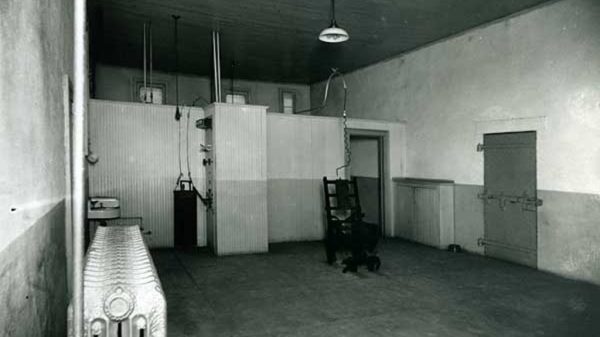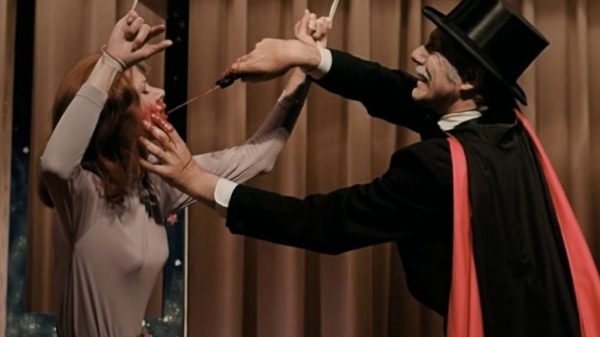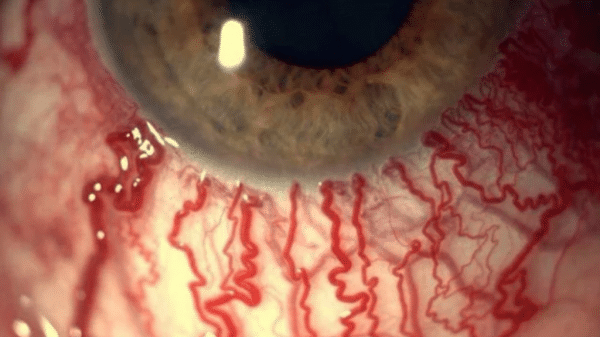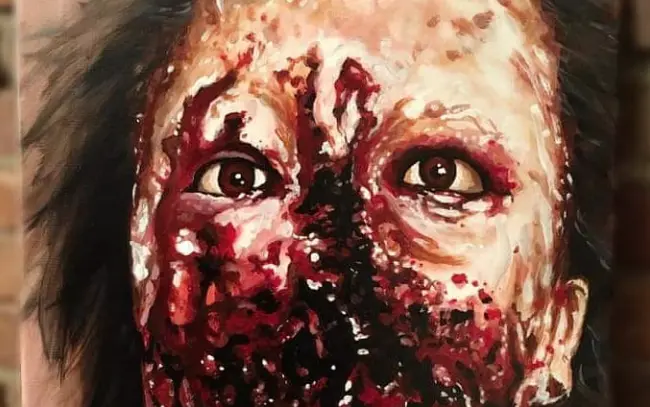The first part of this four part retrospective provided a brief history of the Ogrish shock site which ran from 2000 to 2006, this second instalment looks at the censorship problems the site encountered and its implications for free speech in the new media age.
Although Ogrish was never remotely in danger of being assimilated into mainstream culture, it achieved a degree of notoriety that eluded the other archival shock sites due to its ability to capture possession of violent Islamist propaganda videos quickly and post them uncensored. Ogrish was also receptive to the transgressive visual records of the conflict in Iraq which began in 2003. Indeed, such was the range of material available on the archive menu, the Iraqi event spectacle was sub-generic; beheadings, terrorism, war, Fallujah and Iraq were just some of the archive headings. Yet while a reasonable portion of clips and videos posted were undoubtedly intended as propaganda, many fell under the rubric of the viral video, with easily available new media technology generating a flood of ‘slice of life’ footage. These videos reflected the harsh quotidian reality of life in Iraq for both civilians and military personnel, being a catalogue of everyday violence and its consequences, such as the aftermath of car bombings and military activities. The volume of terrorist propaganda available on the site was so considerable that it was argued by some critics that Ogrish was actually in tacit collusion with terror groups like Zarqawi’s Tawhid and Jihad group who produced a steady flow of snuff videos like those of Nick Berg and Ken Bigley. Ogrish drew most criticism for posting the uncensored murder videos of hostages by jihadist groups, beginning with the slaying of the American journalist Daniel Pearl. The appearance of his recorded mutilation brought Ogrish not just to the attention of the American public but the FBI as well.
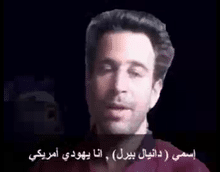
Screenshot from the Daniel Pearl Execution Video.
Ogrish came to the attention of mainstream American media outlets after the FBI, reportedly acting on a request by one of Pearl’s relatives, requested that a number of Internet websites remove the execution video; while the FBI declined to identify all the Internet sites, Ogrish was the only site mentioned by name. Citing pressure from the FBI, Ted Hickman, president of Pro Hosters, the web hosting company of the Ogrish domain, ordered the Pearl video to be taken down. Hickman alleged that the FBI had informed him the video contravened obscenity laws and the Pearl family was intent on suing anyone making it available. The operator of Ogrish also claimed to having been threatened with a lawsuit by the FBI, a threat which extended to Verio, a company that transmitted data for Pro Hosters. At this point, the American Civil Liberties Union (ACLU) became involved, asserting they were willing to take legal representation on behalf of Ogrish if the FBI charges were untenable in a court of law. In lieu of the Pearl video, Ogrish posted a statement which read ‘The FBI contacted our host Pro Hosters to inform them that they were going to sue us for putting on the Pearl video on 5-18-2002. We had no other choice than deleting the video. We live in a censored world’
There was some alarm in the U.S. at the FBI’s threats to the site to remove the footage, with some arguing that it was necessary to freely view a potent three-minute piece of anti-Semitic propaganda and expressing regret it was forced to languish on a disreputable website. It seemed at first that here was a landmark case, with the FBI enforcing online censorship of material, but after the ACLU advised Ogrish to bring in the lawyers and repost the video, the FBI quickly adopted a conciliatory posture. FBI sources claimed that the websites approached had been asked to voluntarily remove it and that Hickman, who had gone public with claims he was being harassed by the FBI, had misunderstood the initial conversation in connection with the removal of the tape. Hickman stood by his assertion the FBI had told him forcibly to remove the video or he would receive a subpoena. One of the possible reasons for the FBI’s decision was its apparent ignorance of Ogrish‘s First Amendment rights. No footage was created specifically for the site, though it was argued it enjoyed a symbiotic relationship with the progenitors of Islamist terror videos, which relied on submissions, so it operated perfectly legally on a First Amendment basis, due in part to being hosted in the United States, despite originating in the Netherlands. Lawrence Walters, who represented Ogrish in its dialogue with the FBI, commented that except for copyright violation or explicit sexual content, the use of graphic pictures on the Internet was a ‘no brainer’. Of course, the First Amendment had been used to defend material deemed offensive in the past, but what marked this out as being emblematic of new media practices regarding the distribution of new media was the concession by the FBI that the pressure on Ogrish to remove the video had been lifted once they realised the video had spread to many sites. The FBI conceded it would be a redundant exercise to sue Ogrish and provoke the disdain of the ACLU; a terse statement was issued stating that due to the voluminous nature of the Daniel Pearl cyber-traffic, his family would have to pursue any legal actions on their own. Ogrish consequently reposted the video and it was available for perusal up until the LiveLeak takeover. Here it should be noted that the nature of the Internet does not make censorship difficult, for without First Amendment protection the FBI could quite easily have put pressure on Ogrish to remove the video, indeed the domain itself years later was banned in Germany but what does help to elide censorship is the rapid distribution of images and the facility of web users to download and possess them. Pearl’s slaying was initially only available on a couple of websites, but when it became notorious through the coverage in mainstream news organizations these sites attracted hundreds of thousands of visitors, many of whom it is reasonable to ascertain made copies of the video for their own private consumption and peer-to-peer networks. Websites like Ogrish thus allowed small terrorist groups with little resources to find potentially huge audiences for minimal cost.
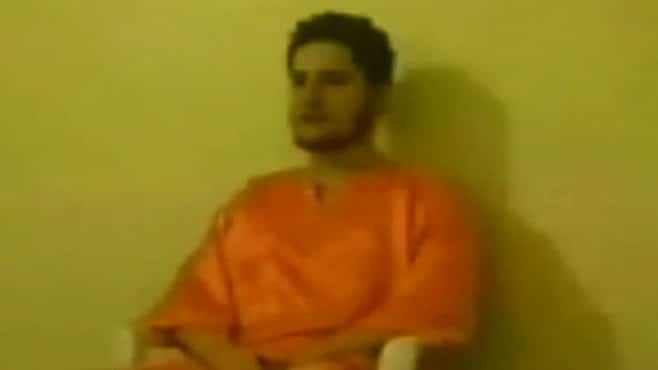
Ogrish’s ability to quickly acquire beheading videos and post them with the violence unedited (the videos were often cropped to jump to the money shot) gained the site not just infamy in the mainstream press and media outlets but also led to the execution videos themselves becoming hotly anticipated web ‘events’. Shortly after well-publicized beheadings such as that of Ken Bigley in October 2004, web users would trawl the net waiting for the latest gory footage to be posted. The prospective audience at Ogrish would be alerted to imminent postings of beheadings and users would revisit the site constantly scoring multiple hits till the desired clip was appeared. Admittedly, the hits accrued would be hard to quantify as opposed to those for a synchronic terrestrial viewing experience, say for example a live transmission of a sporting event, but the ‘event posting’ (and here the celebrity sex tape is a consistent draw) intimates that the medium is more homogenized, if not totally uniform, than individualistic. The beheading videos effectively ‘made’ not just Ogrish but established death media itself as a part of the marginalia of popular culture; the performative quality of the beheading videos themselves and the intensity of the spectacle proffered, along with their heavily stylized and ritualistic mise-en-scène, granted the videos, or at least those issued early on before the shock of the new palled, their mass appeal as web events. In the next instalment we will look closer at the form and content of the site itself and how it attempted to reinvent itself as an alternative news service.
To be continued…







